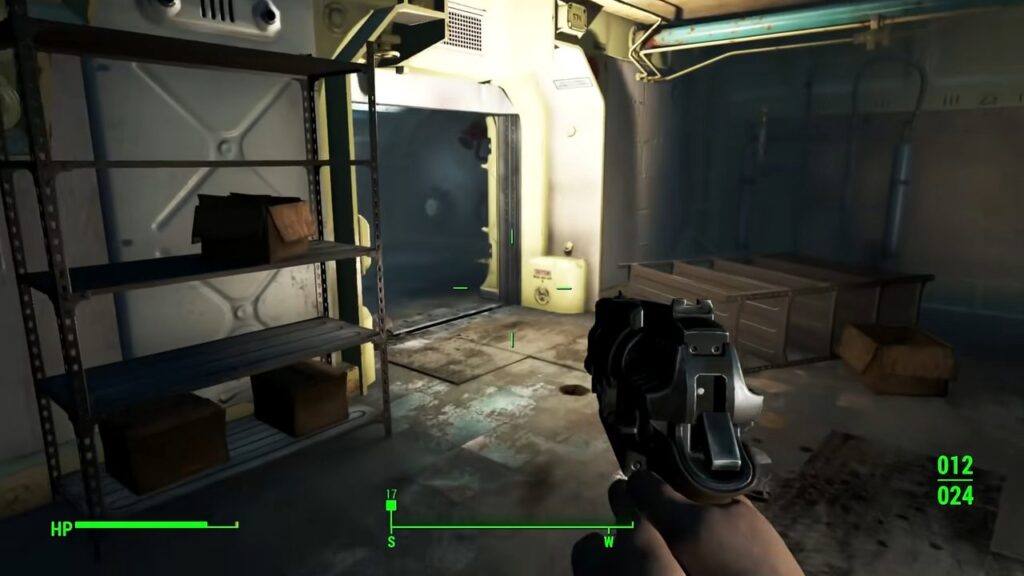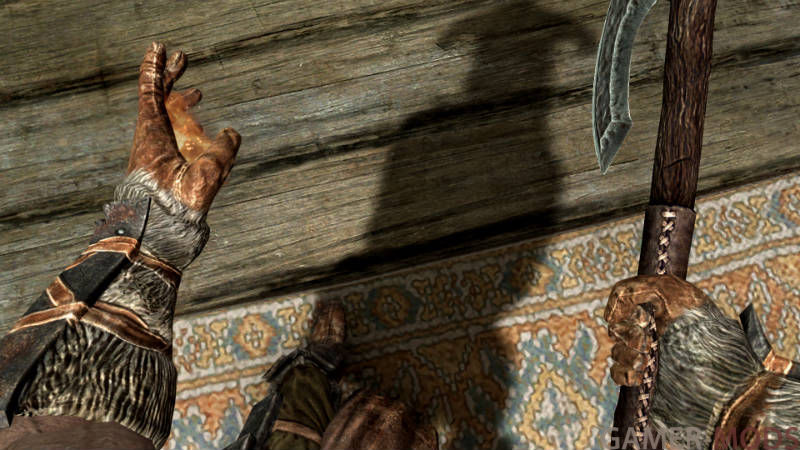

You can’t scrap everything, but systematically removing every broken toilet and fallen tree from a clearly demarcated area is one of the most satisfying feelings I’ve ever had in video games. The most immediate method to gather the components needed to construct the various objects that make up a settlement is to scrap what was there when you arrived.

Oh, and the inbuilt settlement size limit.

Once you’ve figured out the basics of object placement, no doubt you’ll have loads of ideas for the kinds of settlements you want to build. Thankfully you can move objects after you’ve placed them, so if you notice you’ve placed your guard post facing into rather than away from the town you can just pick it up and turn it around. Move your cursor around until it lights up, which shows there’s enough space to place it, and you can set it down. On selection, you’ll see a ghostly version of the object appear in the world. Unless you’re especially contrary, you’ll likely stumble into the quest that introduces settlement building in your first day out of the vault. The settlements system is a major part of Fallout 4, and it’s clear the designers don’t want you to miss it. To mitigate that risk, make sure you learn the basics of building with this handy four-part guide. If you find yourself several hours into the game and wanting to rebuild your first few hamlets from scratch, you may have a laborious process ahead. However, while the system is impressive, the interface is fiddly. Popular with players who like simulation and resource management games, and compulsory if your chosen path through the main plot involves siding with the Minutemen, settlement building is a major part of Bethesda’s newest role-playing adventure. However, one significant improvement is the ability to tidy up parts of this disorderly wasteland and make them liveable. I n a lot of ways Fallout 4 feels very familiar to its predecessor – you’re still wandering a ruined US shooting mutants and collecting stuff.


 0 kommentar(er)
0 kommentar(er)
